Stellantis Launches First Vehicle Dismantling Center In South America
New São Paulo Facility Aims To Recycle Up To 8,000 Vehicles A Year
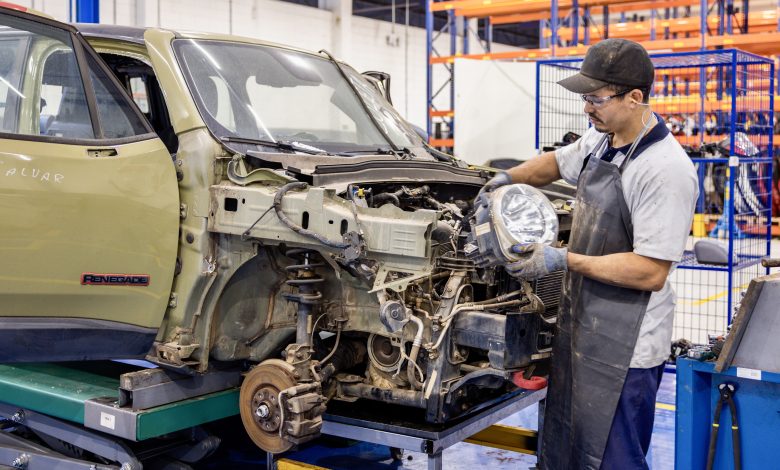
Stellantis has officially opened its first Circular AutoPeças Vehicle Dismantling Center in Osasco, São Paulo, Brazil — marking a major step forward for sustainable automotive practices in South America. The company becomes the first automaker in the region to invest in a dedicated vehicle dismantling operation, a move designed to extend the life of auto parts, reduce waste, and help the environment.
This is only the second Stellantis dismantling center in the world, following the one at the company’s Circular Economy Hub in Mirafiori, Turin, Italy. The São Paulo site is part of Stellantis’ broader global push to build a Circular Economy ecosystem — where vehicles, parts, and materials are reused, repaired, or recycled instead of ending up in landfills.
Investment and Job Creation –
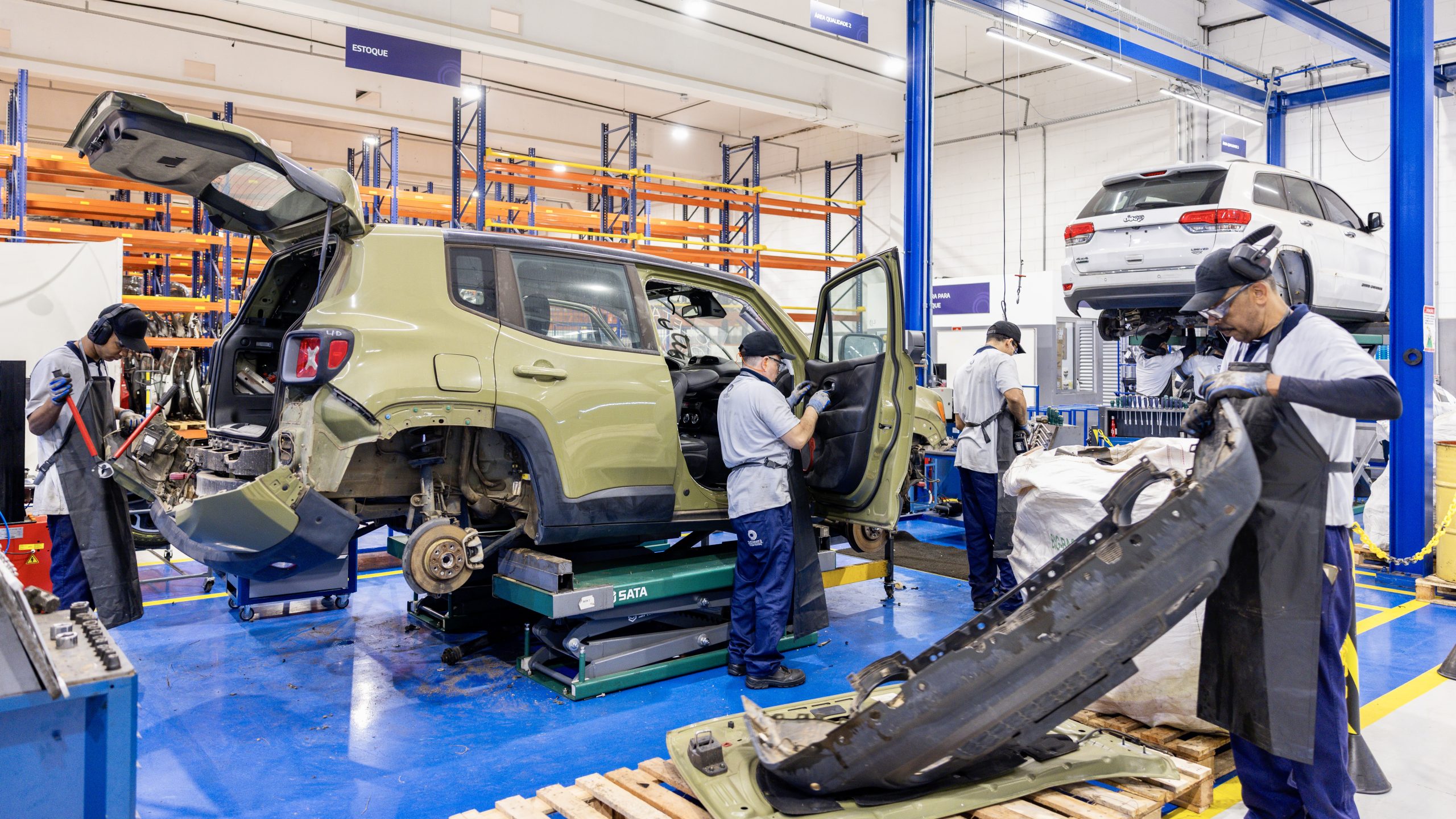
Stellantis invested R$13 million (about $2.3 million USD) into the project, which is expected to create roughly 150 jobs. The facility has the capacity to dismantle up to 8,000 vehicles per year — everything from total-loss accident cars to older vehicles at the end of their life cycle.
How It Works –
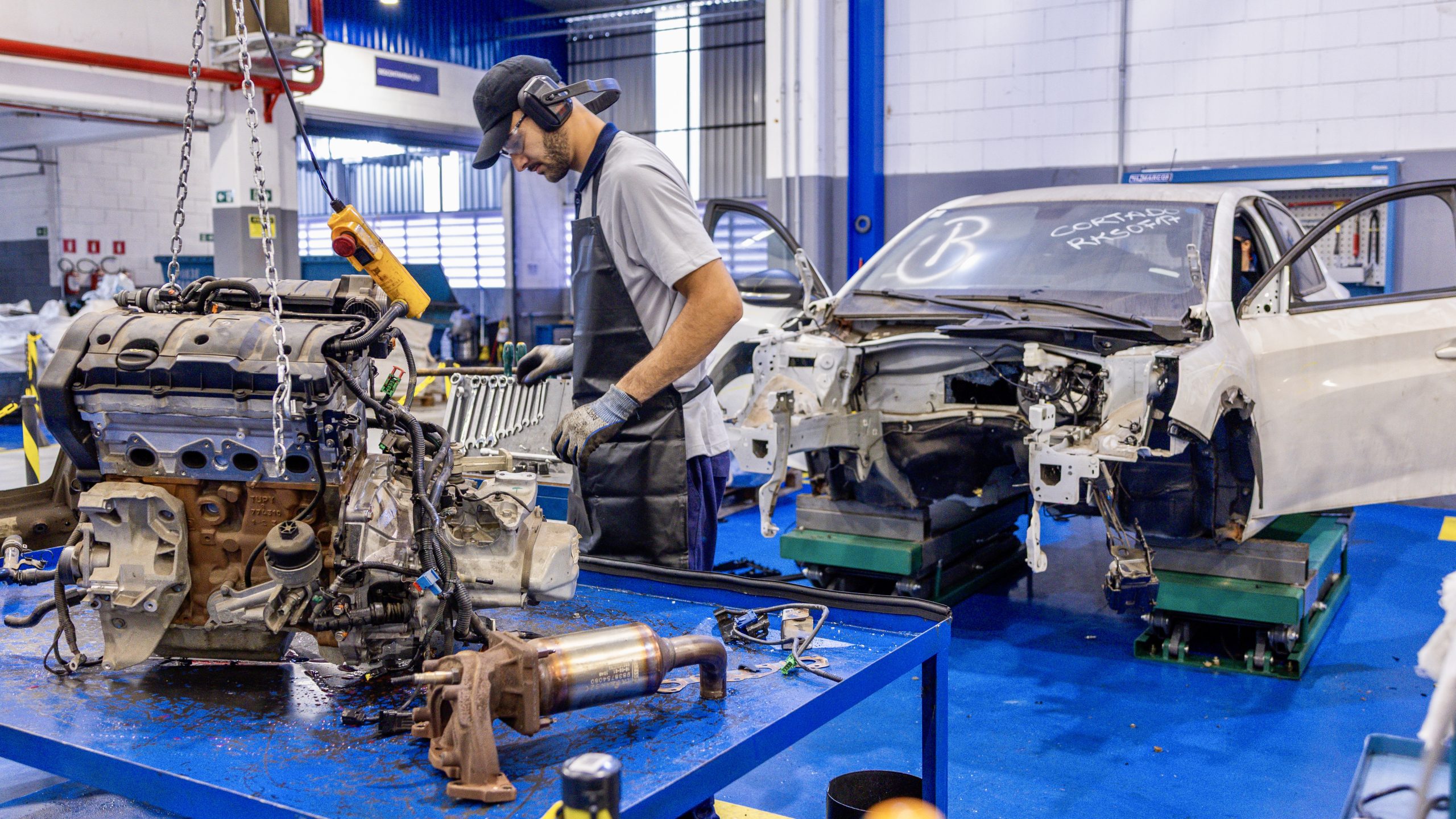
The process starts with vehicle decontamination, where all fluids — like oil, coolant, and fuel — are safely drained. From there, the car moves to the dismantling line, where technicians inspect, test, and remove parts that can be reused or remanufactured.
Each reusable part is cleaned with eco-friendly products and labeled with a traceable ID tag issued by Brazil’s Detran vehicle authority. This tag ensures the part’s origin, quality, and legality, with up to 49 parts per vehicle being cataloged.
Non-reusable materials like metals are also recovered — including steel, aluminum, copper, and other valuable materials — and sent to partner companies for recycling. Stellantis says 100% of dismantled vehicle materials are processed responsibly.
Buying Used Parts –
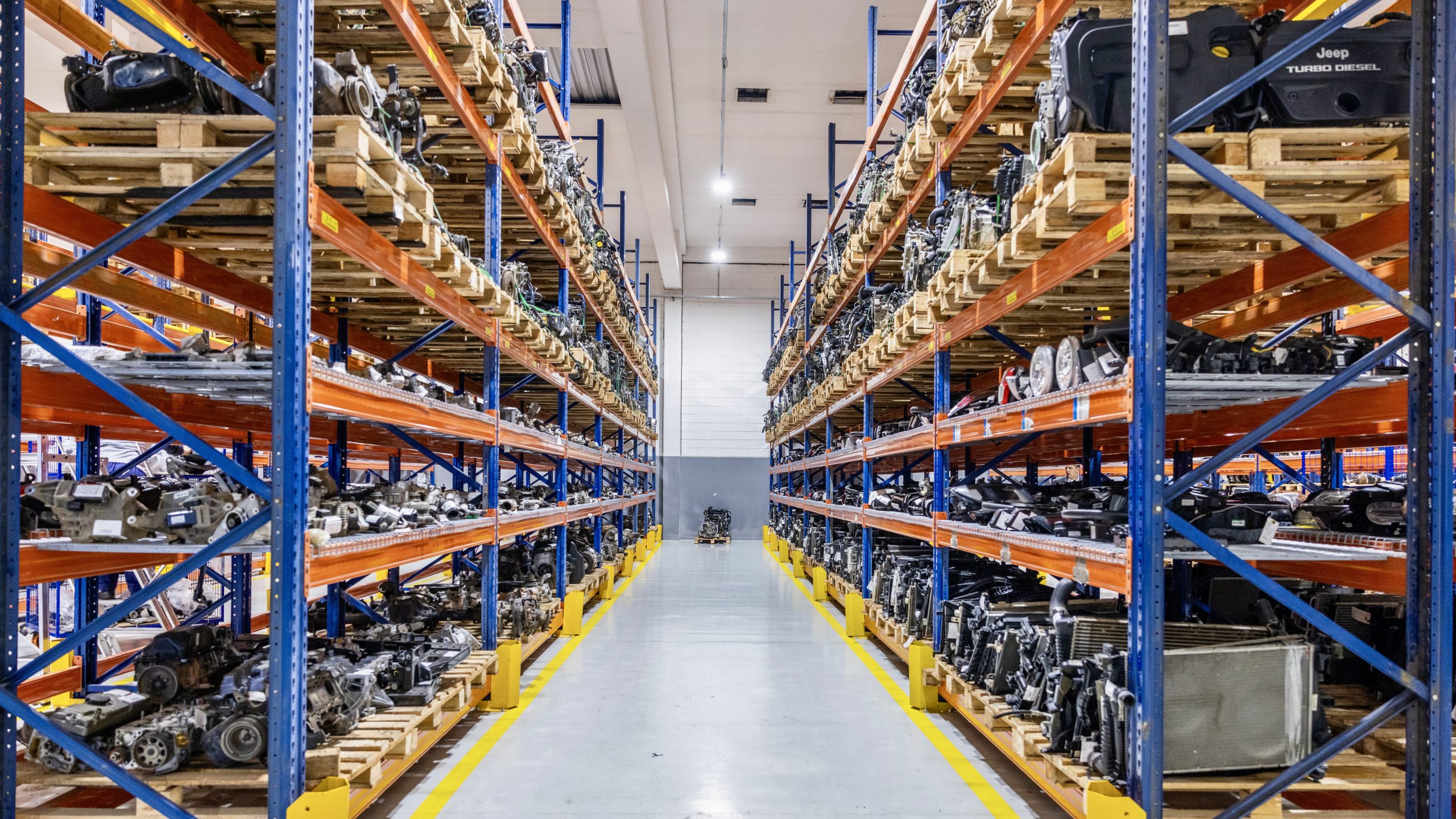
The recovered parts will be sold in two ways:
-
In-person at the dismantling center’s retail outlet in Osasco.
-
Online through the Circular AutoPeças store on Mercado Livre, with a dedicated Stellantis e-commerce platform coming soon.
All parts meet Stellantis’ strict standards for quality, safety, and legal compliance.
Why It Matters In Brazil –
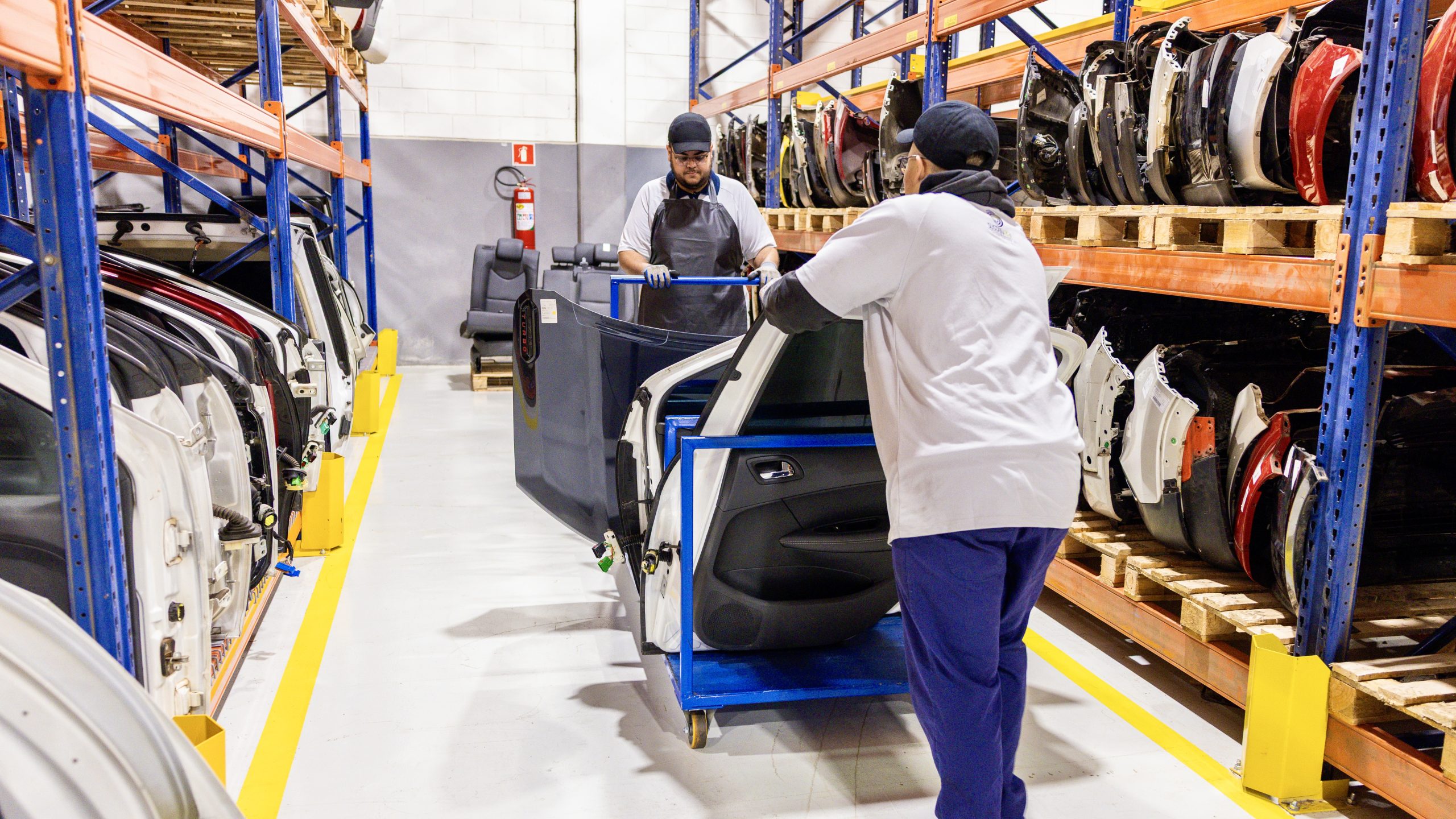
Brazil’s car recycling rate is shockingly low. Out of the country’s estimated 48 million vehicles, about 2 million reach the end of their useful life each year — yet only 1.5% are recycled in an environmentally responsible way.
Experts say the country’s automotive recycling market could be worth R$2 billion (about $360 million USD) annually if more vehicles were dismantled and recycled properly. Stellantis’ facility could help move the industry in that direction by proving that large-scale, regulated dismantling is both possible and profitable.
A Larger Sustainability Push –
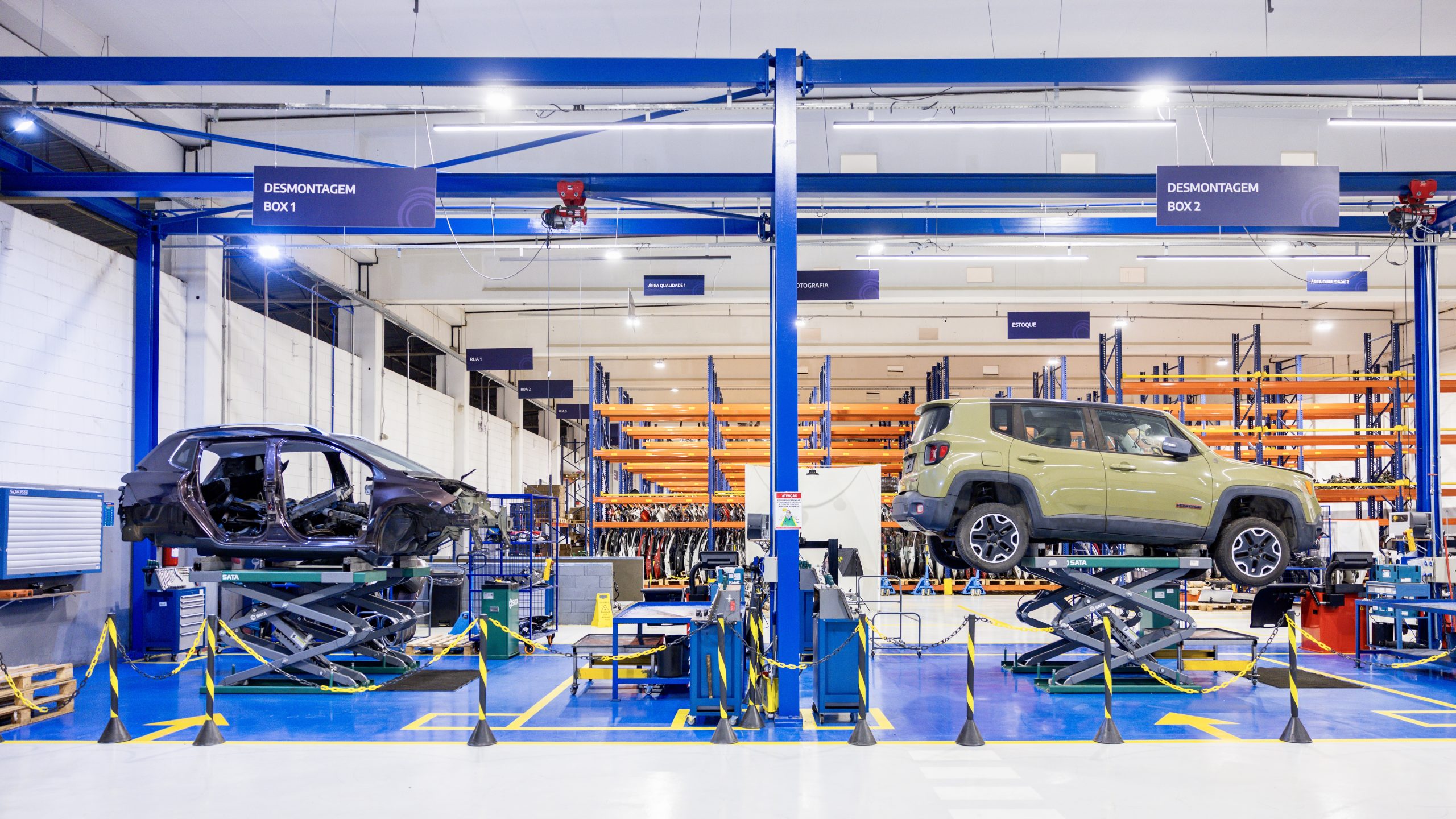
This dismantling center is part of Stellantis’ South American sustainability network, which also includes:
-
Vehicle Reconditioning Center in Betim, Minas Gerais — opened in 2024 to restore used cars to “like-new” condition for resale.
-
OEM Parts Remanufacturing programs to give components a second life.
Both facilities follow Stellantis’ 4R Strategy — Remanufacture, Repair, Reuse, and Recycle — aiming to extend vehicle life cycles and reduce environmental impact.
As Stellantis South America President Emanuele Cappellano puts it:
“This is about innovation, sustainability, and efficiency. We want to keep products in use longer, reduce waste, and put materials back into the production cycle. It’s not just good for the planet — it’s good business.”
Key Specs & Facts:
-
Capacity: 8,000 vehicles/year
-
Investment: R$13 million (~$2.3M USD)
-
Jobs Created: ~150
-
Location: Osasco, São Paulo, Brazil
-
Traceable Parts: Up to 49 per vehicle
-
Vehicle Market Size: ~48 million cars in Brazil
-
Annual Vehicle End-of-Life Rate: ~2 million units
-
Recycling Rate: Only 1.5% disposed of responsibly today

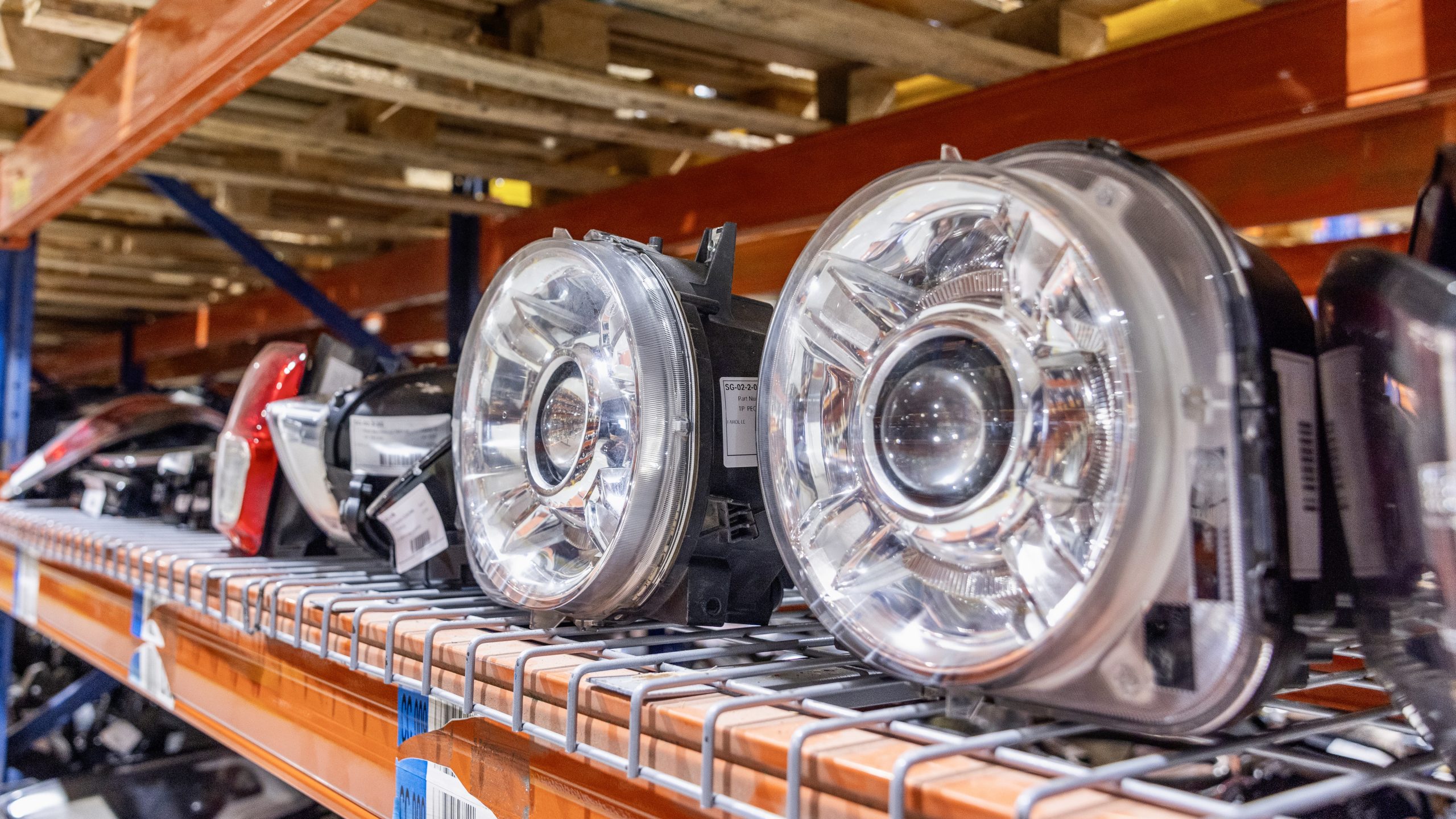
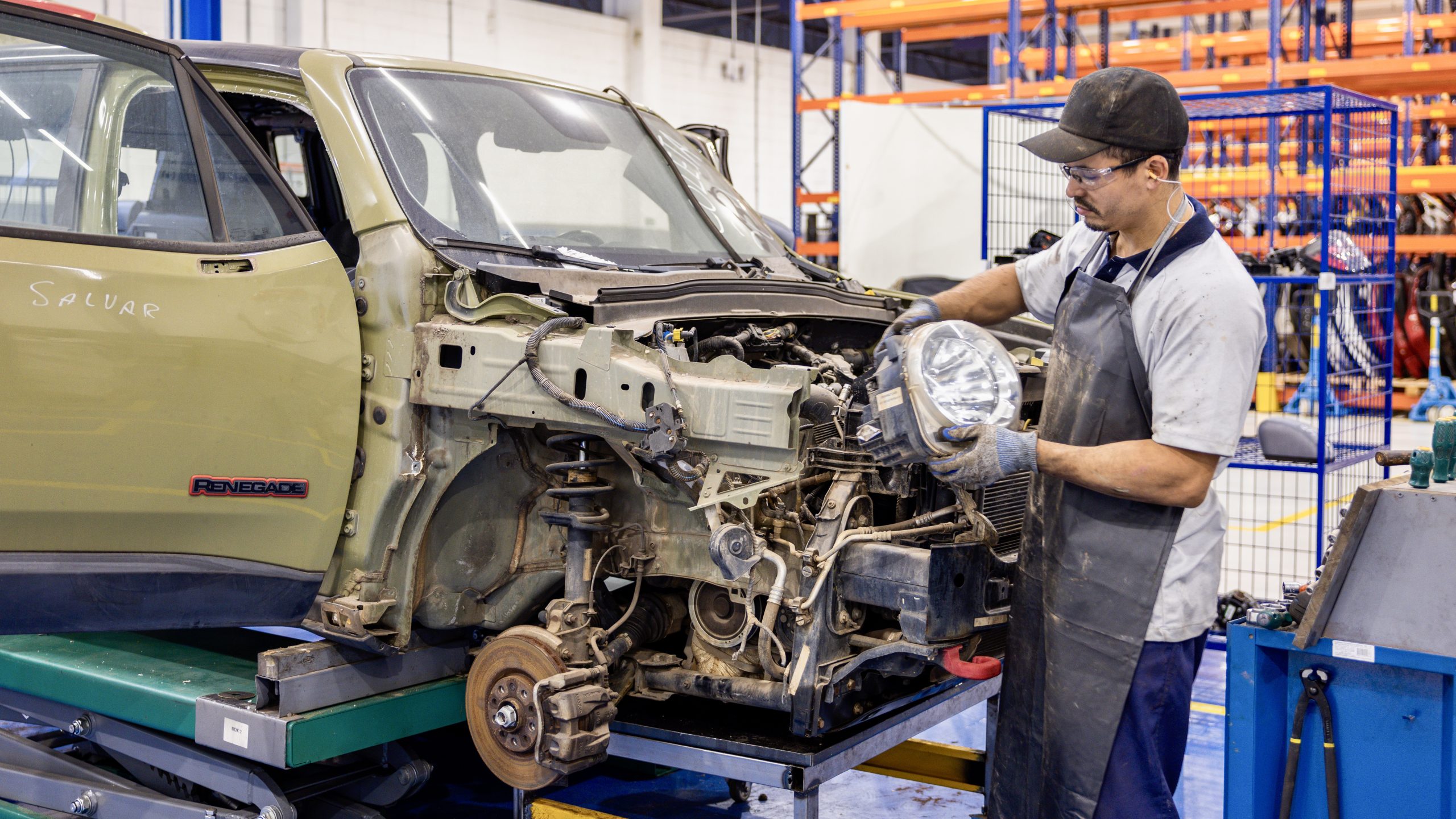
2 replies
Loading new replies...
Join the full discussion at the Mopar Insiders Forum →